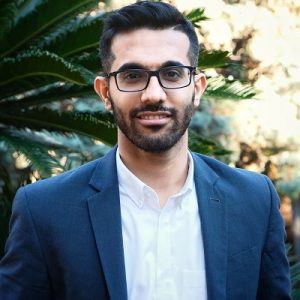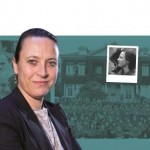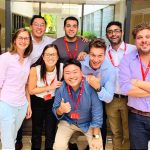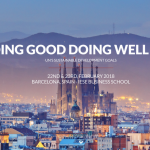At the heart of the IESE MBA, lies a strong focus on classroom learning. The brochures, our professors, and the website talk extensively about the focus on delivering an academically rigorous program, one built on the 400+ cases taught in the classroom. This is for good reason – the case method puts you in the shoes of the protagonist and teach you how to solve problems for various divisions and in multiple industries.
However, as I near the end of my time at IESE, I can now reflect on the multiple learning opportunities at IESE that go beyond the classroom, allowing us to apply all the knowledge we acquire.
Projects and Simulations
At IESE, you will take part in multiple projects and simulations that put you in a dynamic environment where your performance is judged against that of peers in a (friendly) competitive way. One example is the Capstone challenge at the end of the first year, where teams compete to design a solution for a strategic problem that a large real-world firm is facing. Here we went outside the classroom and into the streets (literally), conducting customer research and talking to the company’s executives to deliver a strategy, applying what we learned in classes such as Marketing, Competitive Strategy, and Business Analytics (and of course, communication!).
Another example, and one of my favorite courses at the MBA, is the Executive Simulation (EXSIM). In this management simulation, you work with a team of 4-5 classmates, each taking on a C-Level position to run a manufacturing firm. The long hours, the intense competition from other teams, and the real pressure that comes from negotiating with a real Board of Directors and Labor Union representative make this an extremely rewarding experience. While it is a simulation and therefore not real, the authenticity of bringing in real-world executives for those roles result in real pressure. I remember literally having a dream about a decision going bad and being worried about “how can I explain this to my board?”.
Leadership at Clubs
When we discussed the Leadership cases, the solutions seemed easy, painfully obvious even; or maybe it was just my naivety. However, getting into situations of conflicts within teams and having to ‘manage’ people was how I really comprehended the complexities of doing so.
For example, in my role as President of the India Club, I worked with a brilliant team of VPs to put together the immensely popular Diwali event as well as new initiatives such as a monthly mixer for members of the India Club. Unsurprisingly, this did not come without several disagreements. The complexity comes in from having to ‘manage’ a set of your peers. It is here I had to learn on when to build consensus versus when to be assertive, taking on the burden of responsibility in the latter case. I learnt when to delegate, when to motivate, when to push, and also when to pull back and trust the team. In doing so, I learnt just as much about myself as I did about working with people.
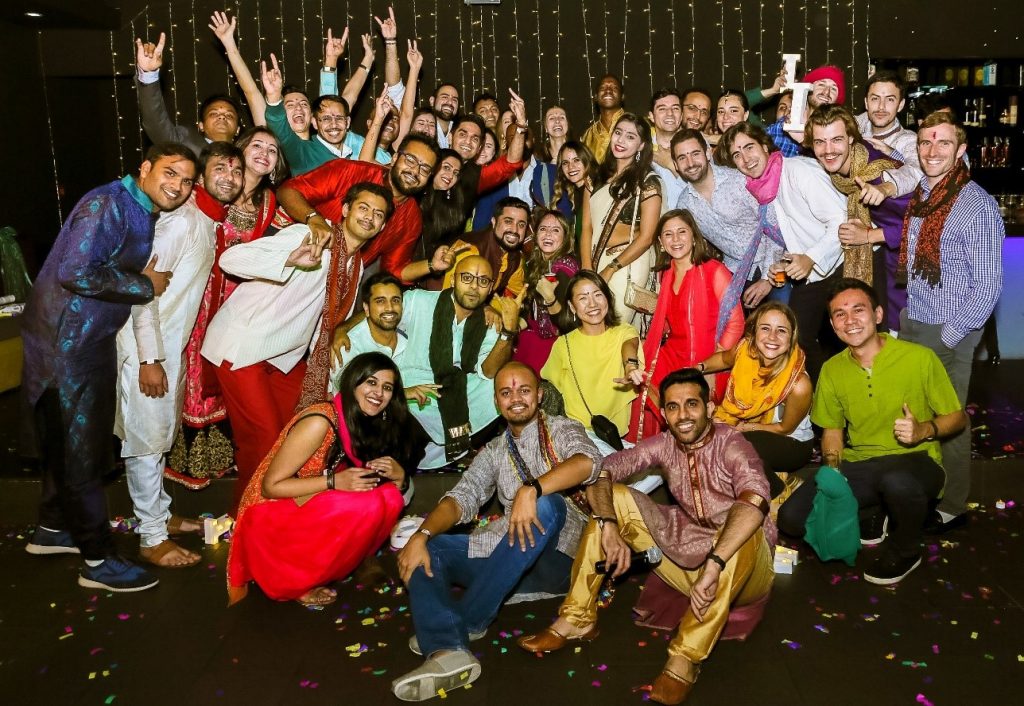
Lighting up IESE at Diwali
Leading a Career Trek
This was perhaps the most fulfilling extra-curricular experience I have had at IESE because we have had a very successful recruiting year in Dubai for the first years. I took on the position of Vice President for the Middle East at the Consulting Club in order to give back for all the support I had received in my first year.
As part of this role, I organized the first consulting-focused Dubai trek. Within this role I learnt how to build excitement and get buy-in (one slide on tax-free income will do that!), how to manage competing stakeholders (all consulting firms want a Thursday slot), and practice my negotiating skills with hotel and transport vendors. Also, not exactly a core academic skill but certainly one of the most important ones, learning how to be (better) was critical in pulling this off.
The result was a trek where almost 30 students visited 7 consulting firms over three days and a networking cocktail with recent alumni. Oh, and we got some time for tourism as well!
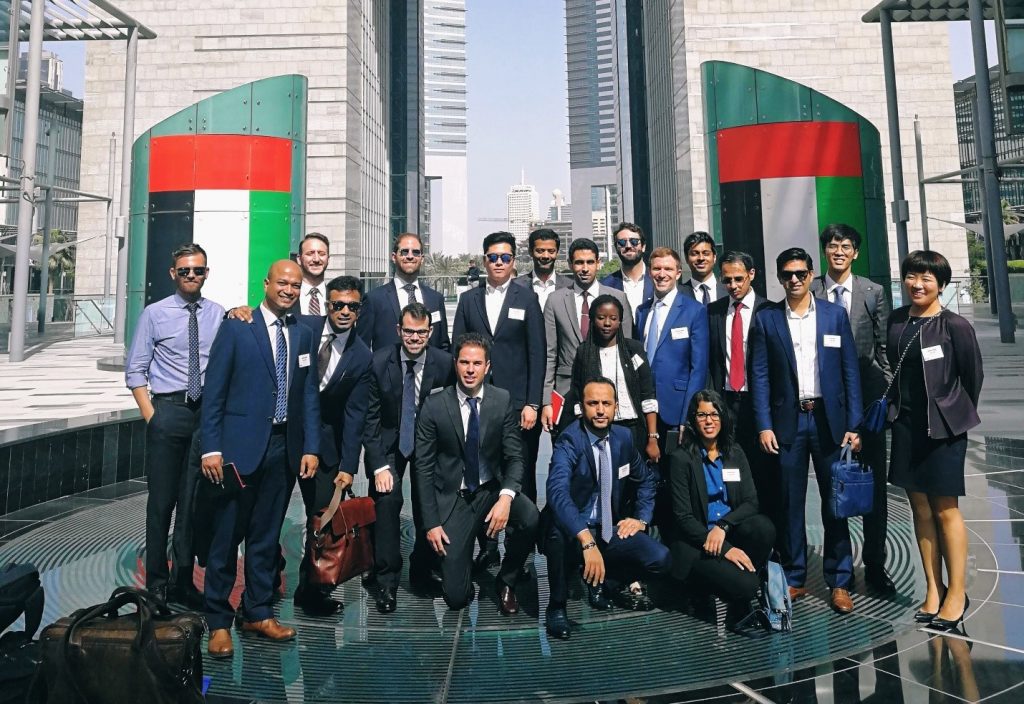
IESE MBAs at DIFC, Dubai as part of the Dubai trek
Writing a Case
So this experience is partly classroom based because it culminates in it. However, the learning comes from outside it. In the first term of the second year, I worked with two amazing professors, Professor Gaizka Ormazabal and Professor Igor Kadach to develop a case on Managerial Accounting based on a problem I had faced in my previous work experience at my family business.
Doing this not only allowed me to develop a much stronger understanding of certain concepts of the managerial accounting discipline, but also evaluate the situation from perspectives I had not before. Finally, the exercise finishes in the classroom with every section of 70 students discussing the case, giving you their own perspectives, an experience that leaves you feeling both humbled and grateful.
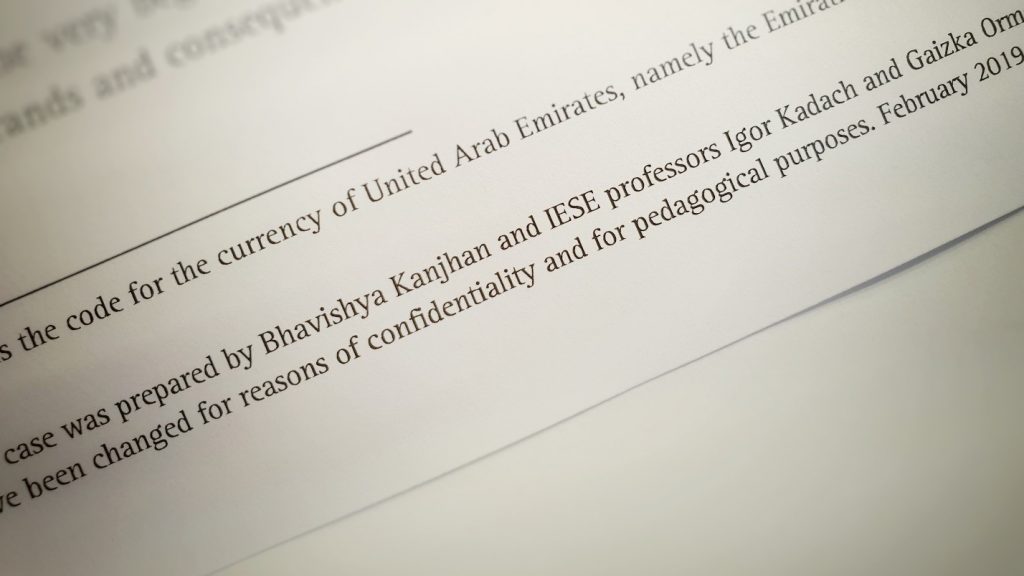
Case completed!
These are just a few of the ways in which I’ve been able to learn outside the classroom at IESE. There are many more examples of simulations, case competitions, and other practical learning experiences that are available for the taking at the IESE MBA. My classmates have organized international conferences, won competitions at a global scale, and worked with small business / NGOs to deliver social impact. With 19 months, the IESE MBA gives you the time to make it your own experience and get the learnings you most value; the hard part is just having to say no to a few things you really don’t want to say no to.
Pursue your dream MBA! Take these next steps today:



